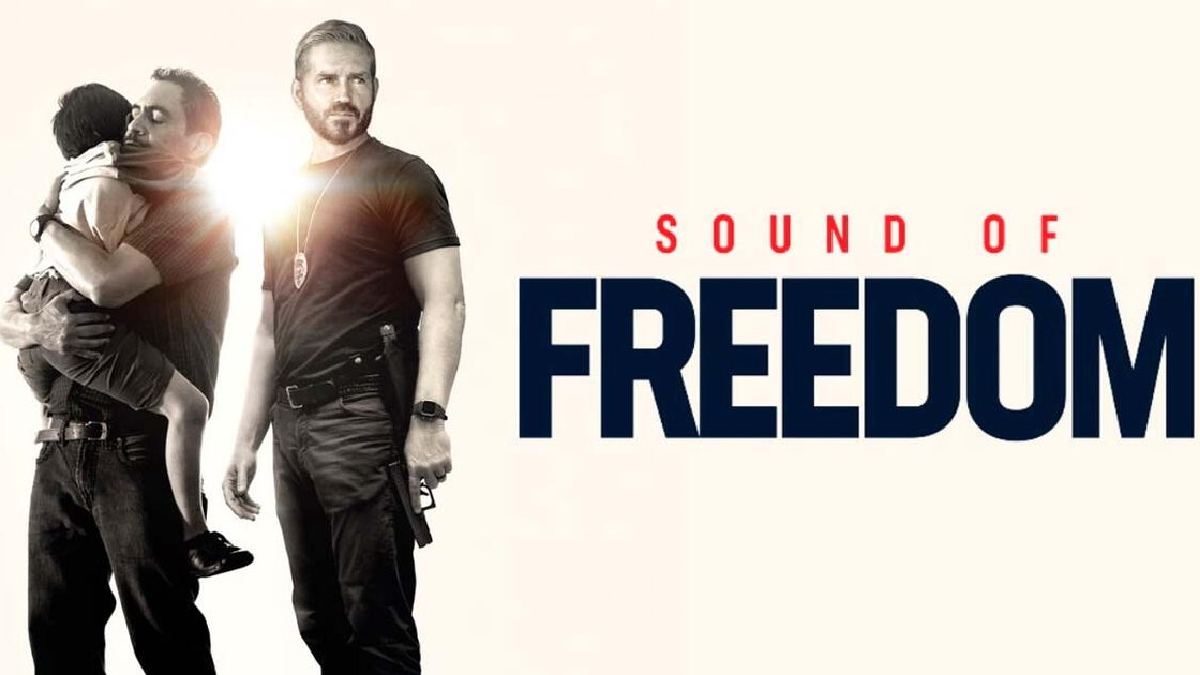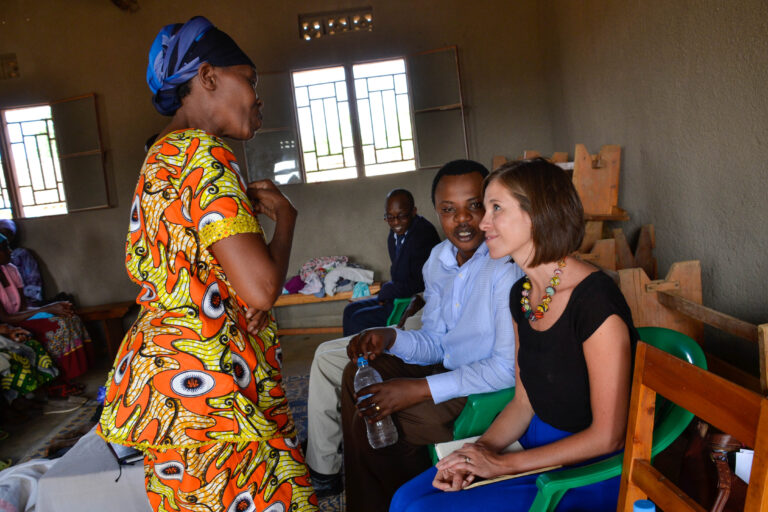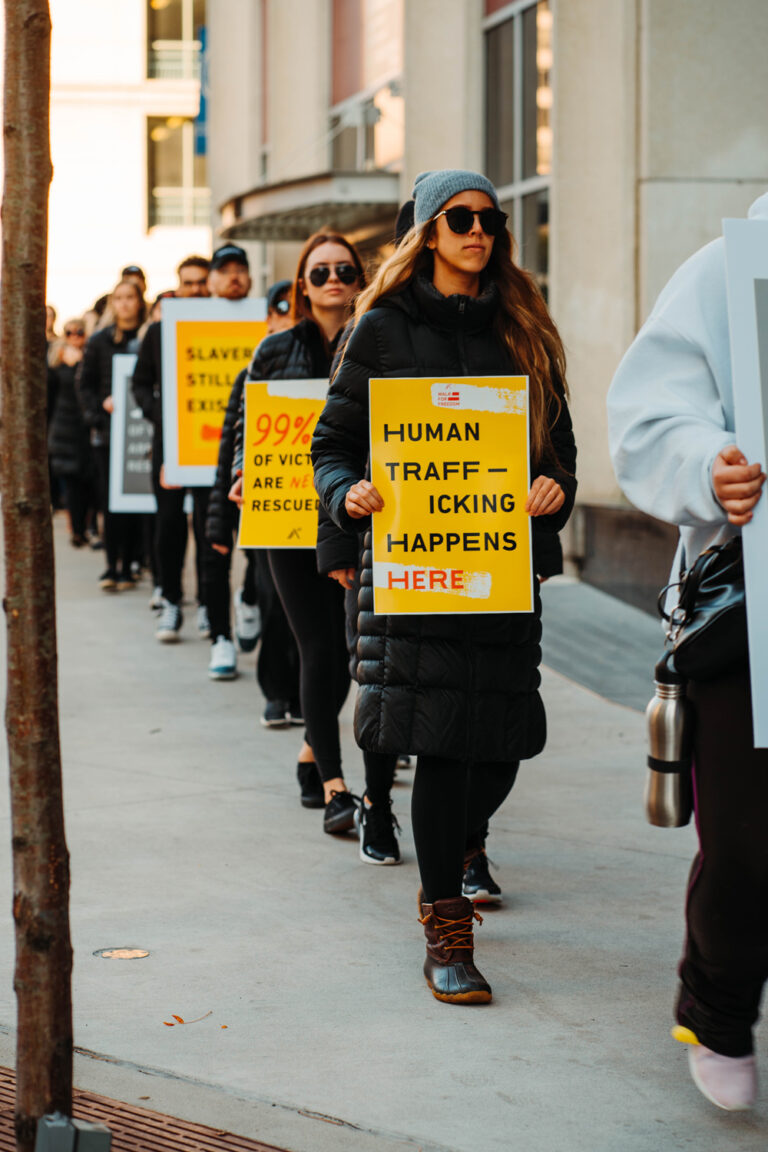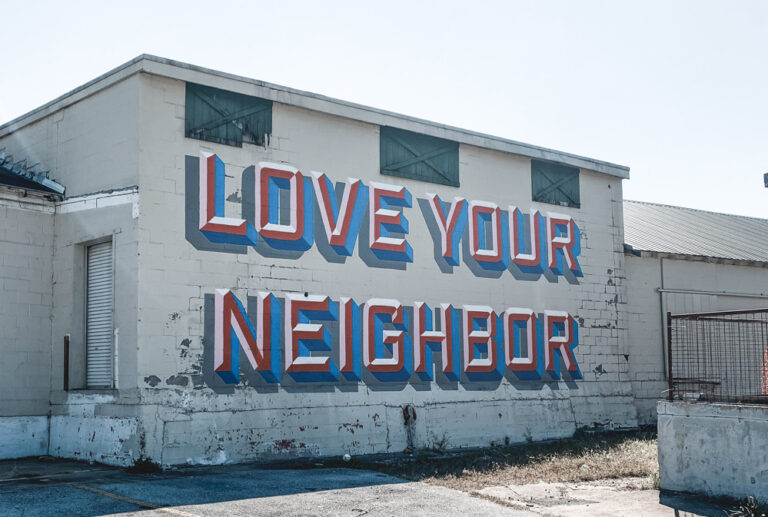Sound of Freedom Movie Review
I had the opportunity to see Sound of Freedom, a movie that debuted in theaters on USA’s Independence Day and has received much coverage for being in the top of the box office its first week. Sound of Freedom soberly portrays just one example of human trafficking and promotes a loud and clear message that “God’s children are not for sale.” In the past week, there’s been criticism on the main character and the organization, for controversial activity, including their connection to Q’Anon conspiracy theorists, that have actually been misleading about the realities of human trafficking and damaging to those who are doing anti-trafficking work around the world. Yet, the movie certainly has shone the spotlight on human trafficking and perhaps has elicited emotion and inspiration.
As someone who has worked within the realm of anti-human trafficking efforts for over 10 years, here are a few reflections of what the movie did and did not portray:
- Any work against injustice is a calling, and one that must include courage, boldness, faith and tenacity. It is not glamorous work, and often is slow, mundane, and unfruitful. Additionally, this calling must never be without skills, knowledge and expertise. The main character of the story seemed compelled by compassion and righteous anger for injustice, and he had the credentials to do what he did. Yet, more background information proves that the methods he and his organization used were not always in cooperation with law enforcement, other organizations doing this work, and the comprehensive approach that is necessary to address human trafficking. It must be made clear that human trafficking work is complex and dangerous. It requires cautious, wise, multi-disciplinary coordinated efforts. Any response or efforts towards injustice must always work within our scope of skill and knowledge. To respond to any area of injustice merely with emotion and good intentions without proper training and collaboration, will most likely lead to burnout or further damage.
- This work cannot be done in isolation. It portrayed the sacrifice of families, and the value of a supportive partner who supports and believes in the work. It requires multi-disciplinary networking, collaboration and creativity. Because the trauma of trafficking isolates, then the work against human trafficking must never be in isolation. What the movie did NOT portray is that mere rescue of children or vulnerable people is not enough. There is much aftercare that is needed for trafficking victims. Without connecting victims to the proper services and resources, they are vulnerable to re-exploitation.
- The risk of secondary trauma for those who are on the frontlines of doing this work. Often overlooked, there is impact for those being exposed to horrific images and content of the sexual, physical, emotional abuse and exploitation of children and human beings involved in human sex trafficking. Thankfully, in the last few years, Department of Homeland Security has created an intervention to support the impact of secondary trauma on law enforcement, one effort to address the inevitable impact.
- The horror of exploitation. The movie did show some (not all) of the realities of an example of human trafficking in a way that can elicit grievous, righteous anger. Those who watch are invited to not be entertained, but to be informed and given the opportunity to leave differently.
- Human trafficking occurs because there is a demand. I expect many walked away shocked, perplexed, horrified that this movie was based on a true story, and that this is happening in every country of the world and every state of the USA, and we should. What difference will it make when we have seen this movie? Let’s start with this: the selling of children and vulnerable adults into the sex industry occurs because there is a demand for it. Pornography is a part of that demand. Exchanging sex for any good or service IS exploitation as it is the commodification of a human being. To learn more about the impact of pornography, visit the website Fight the New Drug or the documentary created by Brain Heart World.
- Human trafficking IS an exploitation of the most vulnerable. As portrayed in Sound of Freedom, in some scenarios, it is a promise of a better life. In most situations, particularly in the USA, it is complex, nuanced and often misidentified as “chosen” by the victim. It is the promise of relationship, belonging and acceptance. Relationship and trust are the greatest tools of the trafficker to lure, deceive and then exploit. Vulnerability should be protected. We all can contribute to protecting the most vulnerable in our community.
- We are now responsible for what we have witnessed. What difference will it make after watching this movie? What will you do differently? With whom will you share what you have learned? If this spurred you to want to learn more or be more involved, find a local organization that you can support or can help you learn more. If you are in the Lehigh Valley, VAST provides trainings throughout the communities. VAST is always looking for volunteers, as well as individual donors and corporate sponsors, so that they can continue the work they are doing, including outreach work with victims. Also, save the date for the Lehigh Valley’s annual Lehigh Valley Anti-trafficking (LVAT) week in November, a collaborative awareness effort with several local organizations that work with trafficking victims. Not everyone can or should be on the front lines, but you can support those who are through donating time or money. Finally, everyone can be involved in the prevention and protection of our community’s most vulnerable.






